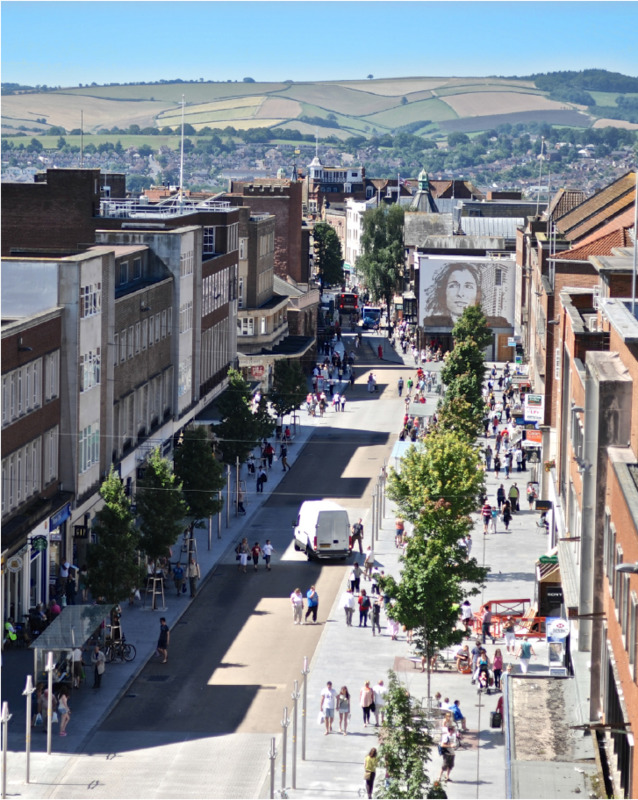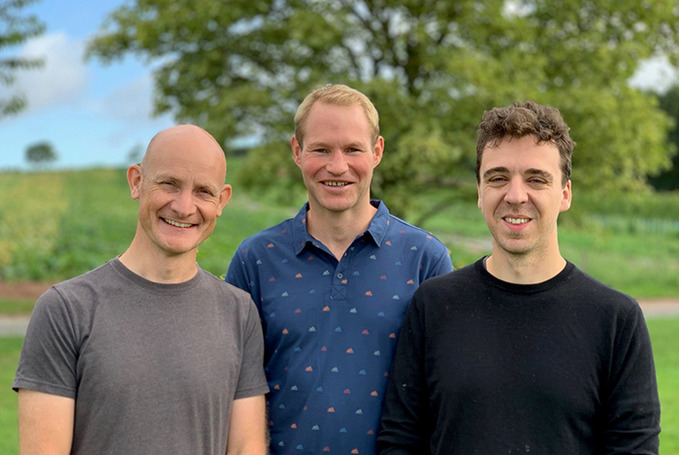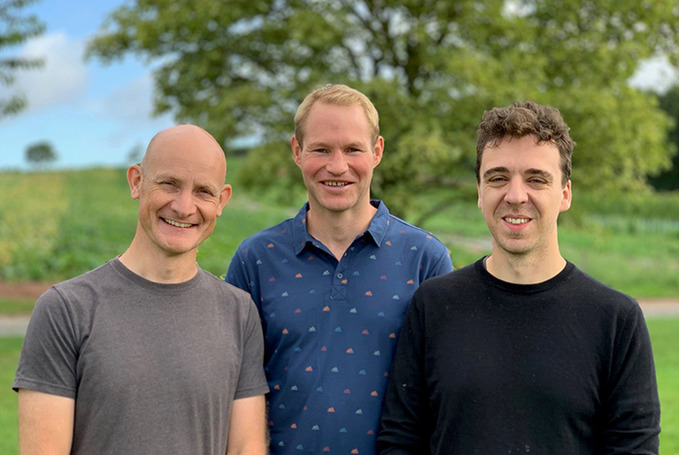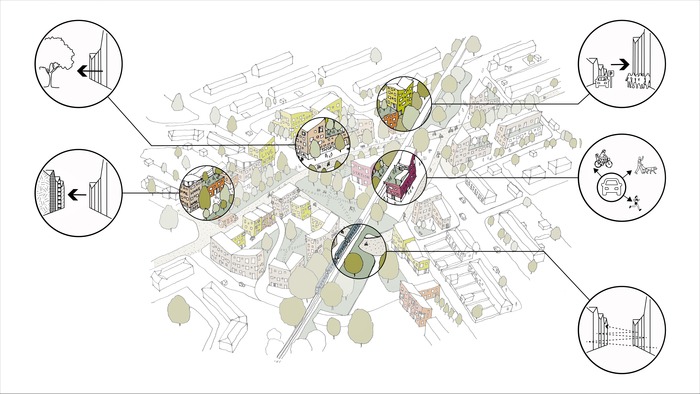Future Place 2019 Greater Exeter Case Study
Local Authority: Exeter City Council, Devon, City Council status
Area: Urban with rural hinterland
Administration: Labour-led Council, Exeter constituency: 1 Labour MP
Population: Exeter 130,000; Greater Exeter: 490,000
Demographics: 20,000 Exeter commuters per day; expected to grow by 25-30% in the next 20 years
Place Assets: 20 Conservation Areas, medieval street pattern partially preserved, relatively unbroken historic skyline
Planning: East and Mid Devon. Teignbridge & Devon County Council working on a Greater Exeter Strategic Plan
Housing Targets: 12,000 new homes planned to 2040
Download 'Exeter: Process Map and Actions' (PDF, 3.21MB).

“The Future Place initiative is the means by which we can develop some of the tools, and provide that framework for developing some really exciting and visionary masterplans.” - Ian Collinson, Senior Partnership and Business Development Manager, Homes England
Greater Exeter
Exeter is one of the fastest growing cities in the UK. It sits within a network of thriving villages and coastal towns recently defined as ‘Greater Exeter’. As the county town of Devon, it also serves a wider rural hinterland.
A group of five local authorities have developed a joined-up vision for the area - the ‘Greater Exeter Strategic Plan’. Joint initiatives include making public transport quicker and more convenient, promoting active travel, freeing up land used for driving and parking for social uses, and building more green spaces with arts and cultural facilities to encourage healthier lifestyles.
Vision for Greater Exeter
By 2040, Greater Exeter wants to be a global leader in sustainable living and one of the most active, healthy, and accessible cities in England. Greater Exeter’s shared vision for growth is as a connected city-region consisting of thriving linked urban and rural communities at all scales set within exceptional surroundings.
The placemaking brief was to help translate a transformational plan to deliver 12,000 new homes in Exeter for the period 2020-2040 into a physical design proposition for a series of linked neighbourhoods, reflecting the principles of active, sustainable design set out in the Liveable Exeter Vision.

Challenges
The critical challenge for Exeter is to identify opportunities for higher density, sustainable neighbourhoods across Greater Exeter, taking into account aspirations for inclusive, healthy growth set out in the vision for ‘Liveable Exeter’. Specific issues identified through discussion with Future Place partners that required input and capacity-building were:
- Accommodating inclusive growth by optimising density while supporting social needs
- Identifying opportunities for higher density
- Reducing car use and shifting to sustainable movement
- Encouraging healthy and active lifestyles by providing high quality and accessible place
- Engaging residents and local communities in the conversation about design quality
- Engaging the wider development industry to achieve wider ownership of the vision
- Enforcing design quality through masterplanning, design codes and a design champion
RIBA Chartered Practice
RIBA Chartered Practice, Hilton Barnfield have a keen interest in sustainable placemaking and contextual contemporary design within urban and rural contexts. Their team includes urban designer DHUD who brought experience of designing at all spatial scales.
Hilton Barnfield were selected for their typological approach which demonstrated a fine grain understanding of how to increase walkability through a variety of settlement forms. The architects proved to have a critical skill in creating great places and in how the ingredients that make successful places are assembled.

Placemaking Strategy
The final output is an illustrated toolkit for future placemaking in Exeter which sets out a methodology for designing higher density, car free, sustainable neighbourhoods throughout the city.
The design team proposed a specific vision for a broad strategic approach to achieve more sustainable growth across the connected city-region in the future. The City Council and Homes England worked with them to focus in on specific sites and to tie their overall thinking into the Exeter context, and specific projects under development.
A four-part methodology was used to develop this vision. First, five local drivers for social and economic change were defined. Second, the development of a new ‘tool’ enabled recognisable districts to be defined and measured against the established drivers for change.
Third, a toolkit was created that defines twelve design principles for car-free, sustainable neighbourhoods relevant to the Exeter context. Piloting the toolkit on the city’s primary brownfield opportunity site formed the fourth and final step of the process.
Lessons learned from the Programme
- Secure high level political and executive buy-in
- Draw on and coordinate existing capacity
- Work in partnership across the public/private sector and administrative boundaries
- Aim for collaborative working between partner councils
- Set an ambitious but deliverable spatial vision in partnership for delivering policy/culture change
- Adopt an evidence-based methodology to creating compact sustainable places
- Select design teams on the quality and merit of their approach

Impact of Future Place
A robust, visionary piece of work was developed through the Future Place programme which refined the existing strategy into a practical tool. This will help to inform community engagement, future practice, and potentially policy as to how key sites might be intensified to support the connected Greater Exeter growth proposition.
The Future Place project will inform the Greater Exeter delivery partnership’s on-going enabling of development in line with the principles set out in the strategic growth plan to support sustainability and placemaking. Participation in the programme has already moved placemaking up the corporate agenda, and the toolkit will help to align city stakeholders and partners around the vision for growth to help set the thinking and quality aspiration for future developments.
With thanks to Rob Hilton and James Barnfield from Hilton Barnfield. David Hawes from DHUD. Ian Collinson, Homes England and Andy Robbins, Exeter City Council.






